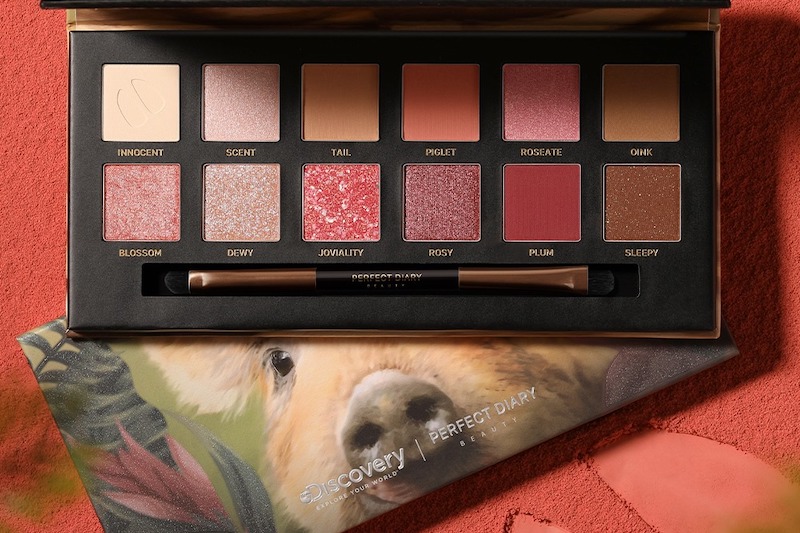If you are not living in China, you probably have not heard of the sugar-free beverage brand Genki Forest. It is unlikely that you have come across women’s underwear brand Ubras, or had a cup of Saturnbird instant coffee as you munched through a bowl of Wangbaobao cereal.
SEE ALSO : 11.11 and the growth of Chinese tech giants
Like in many markets, they are part of an increasingly-common genre of new brands who have quickly eroded market share from the big, established brands in their category. These disrupters should provide both inspiration and lessons for small-medium enterprises already selling or planning to launch in China.
In China, where consumers are less trusting than in other markets, heritage and size helps reinforce doubts. The disrupters have countered this disadvantage by being much nimbler and more adaptive to China’s constantly changing consumer preferences and market structures. Whilst most incumbent brands are hindered with established processes to protect brand heritage, the new-to-market brands can take more risks and capitalise on trends as they happen.

Arguably the most famous disrupting consumer goods brand in China is the 5-year-old beauty darling Perfect Diary, which trails only L’Oreal and LVMH in China’s enormous colour cosmetics market. It was one of the start performers on Singles’ Day, shifting $76 million of products within 31 seconds. The brand’s parent company Yatsen, was yet another Chinese company to IPO on the NYSE last week, surging 75% on its first day. As of this morning, it had a market cap of $11.4 billion.
When Perfect Diary launched in 2015, few Chinese consumers purchased domestic cosmetic brands. PD has been a big contributor to local brands becoming a legitimate alternative to imports. Its contemporary packaging is up there with the sexiest international brands, but its cosmetics focus on value and are proudly designed for Chinese consumers.
Nevertheless, Perfect Diary retains an international flavour, using many international OEMs to manufacture its products. It also partners with foreign institutions such as the Discovery Channel, the British Museum and the New York Metropolitan Museum of Art. Its recent collaboration with National Geographic, promoted by KOL Austin Li’s puppy, captured Chinese consumers increasing love of pets trends, particularly during Covid.

Another contributor to Perfect Diary’s success has been its tiered-approach to celebrities and influencers. It has used many of the big names and has heavily engaged with livestreaming to build awareness, preference and encourage trial. It has also connected at a deeper level and sought hard-to-reach tribes and communities as one of the early-adopters to engage with key opinion consumers, or grassroots influencers.
What has helped make Perfect Diary’s model more sustainable is that they have truly engaged the direct-to-consumer (DTC) model, and not just by cutting out distributors and other middlemen. They use clever tactics to attract and retain customers to the sales touch points that they own, such as their WeChat store and private groups. This means that they are not fully-reliant on the Alibabas, JDs and KOLs to move goods. Such a strategy enables them to have a much more intimate relationship with customers, glean more data, increase loyalty and maintain higher-margins. By the end of September, along with sister brands Little Ondine and Abby’s Choice, Perfect Diary already had 23.5 million such customers.
SEE ALSO : China cosmetics and toiletries sector to be worth US$97.9 billion by 2024
Many of Perfect Diary’s lessons can apply outside of the beauty category and for international brands as well as domestic. Both established and new-to-market brands can take stock too.
(Source: China Skinny)




